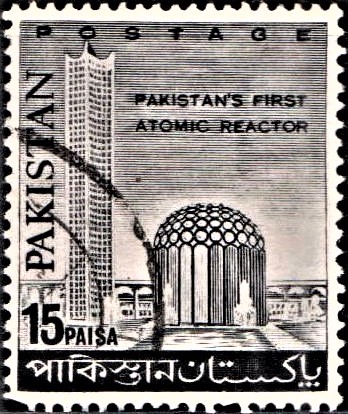
Pakistan’s First Atomic Reactor
A commemorative postage stamp on the First Atomic Reactor of Pakistan at Islamabad :
 Issued by Pakistan
Issued by Pakistan
Issued on Apr 30, 1966
Issued for : To commemorate the First Atomic Reactor of Pakistan, the Pakistan Post Office is issuing a postage stamp of 15 Paisa denomination on the 30th April, 1966.
Design : The main feature of the stamp is the Atomic Reactor Building at Islamabad. The Tower appears on the left side of the stamp while the dome on the right side. The fountain and the pool could be seen in the foreground. The word “Postage” in English appears at the top in small letters and word “Pakistan” in English is shown at the top left side. The word “Pakistan” in Urdu and Bengali appears in reverse at the bottom black panel. The denomination i.e. ’15 Paisa’ is shown in the left corner of the stamp. The wordings “Pakistan’s First Atomic Reactor” appear in the open space at the top of the dome.
Type : Stamp, Postal Used
Denomination : 15 Paisa
Colour : Black and White
Size of Stamp : 28.6 x 34 mm.
Size of Print : 25.6 x 30.5 mm.
Perforation Gauge : 13 x 13 (C)
Quantity Printed : 15,00,000
Number of stamps in each sheet : 50
Process of Printing : Intaglio (single colour)
Printers : The Pakistan Security Printing Corporation Ltd., Karachi
About :
- When the Uranium atom splits or “fissions”, it not only releases enormous amounts of energy in the form of heat which can be converted into electric power, but also radioactivity which helps to produce radiation sources and radioactive elements called radioisotopes, as by-products. These can be used in solving many problems of agriculture, such as the evolution of better varieties of corps, eradication of insects and pests, detection of the presence or absence of nutrients in various soils etc. In the field of medicine, radioisotopes have been used in the diagnosis and treatment of a number of diseases as cancer, disorders of thyroid and blood circulation etc. In industry their application is limited by the limit of one’s imagination.
- For a developing country like Pakistan which is short of indigenous fossil fuels (coal, oil, gas) and has a limited hydro power potential, atomic energy as a source of power generation offers bright prospects. The uses of radiation sources and radioisotopes in different fields add another dimension to the big programme of economic development that Pakistan aims to implement. It was for this reason that President Ayub Khan once said “Pakistan is too poor to afford the luxury of not investing in an atomic energy programme”. The heart of that programme will be carried out at the Pakistan Institute of Nuclear Science and Technology (PINSTECH) located at Nilore about 15 miles from Rawalpindi and Islamabad, the New Federal Capital.
- The Institute has a 5 MW research reactor as a central facility with a number of laboratories round it for disciplines like nuclear chemistry, nuclear physics, nuclear engineering, nuclear fuels and materials, electronics, applied mathematics. The first phase of the construction of the Institute has been completed at a cost of Rs. 4 crores – 8 million dollars. With the start-up of the PINSTECH reactor on December 21, 1965, Pakistan entered the atomic age with the dedication to use atomic energy for peaceful purposes. PINSTECH when completed will be the finest institution of its kind in Asia for training and research in nuclear sciences and technology, covering a built-up area of about 4,00,000 sq. ft. Nearly 1,000 scientists will be working in its laboratories by the end of Pakistan’s third Five Year Plan in 1970. When completed it will cost about Rs. 10 crores – 20 million dollars.
- In addition to PINSTECH, the Pakistan Atomic Energy Commission has established two big training and research centres of a regional character – one at Lahore and the other at Dacca to help the development of the two provinces. Centres exclusively for research in agriculture have also been established at Tandojam in West Pakistan and Dacca in East Pakistan and Medical Centres have been established at Karachi, Hyderabad, Multan, Lahore, Dacca and Chittagong.
- During the last five years the Commission has broken the ice of stagnancy in scientific researches and pioneered the atomic energy programme with such speed and vision that it has drawn respect from all parts of the world. PINSTECH is the finest achievement of the Commission blending the past with the future, in the present – a symbol of beauty and function characteristic of architectural and scientific heritage of Muslims.
- With the compliments of The Director-General, Pakistan Post Office, Karachi.



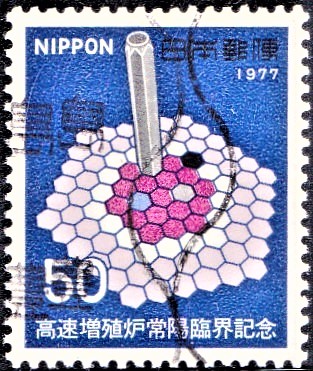
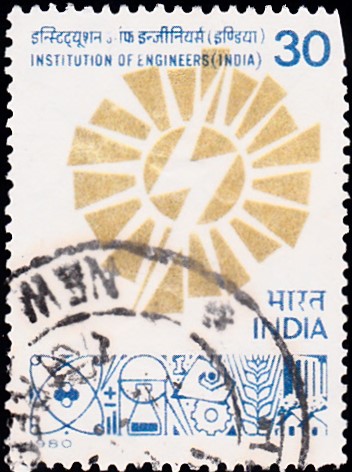
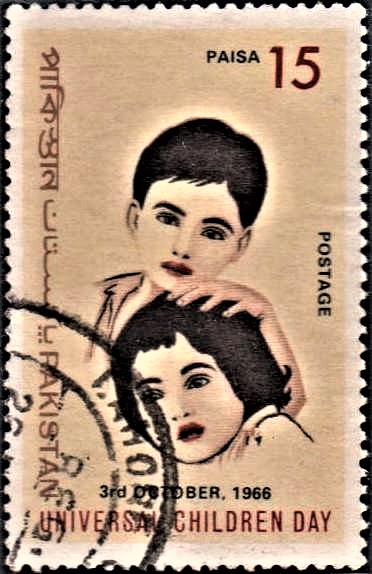
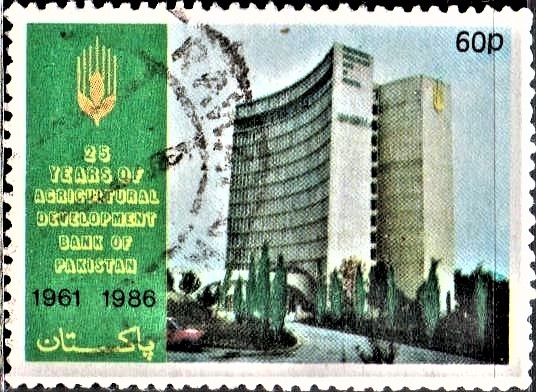
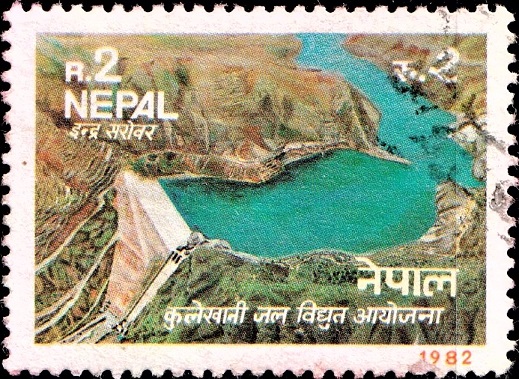
[…] Paisa (Scientific and Cultural Advancement) Science is represented by a factory and Atomic Reactor Building on the right hand side of stamp. Culture is represented by a Minaret Symbolic of modern […]
[…] enclave. The vast National Park would have institutions of national importance such as the Atomic Research Institute, the National University and the National Health […]